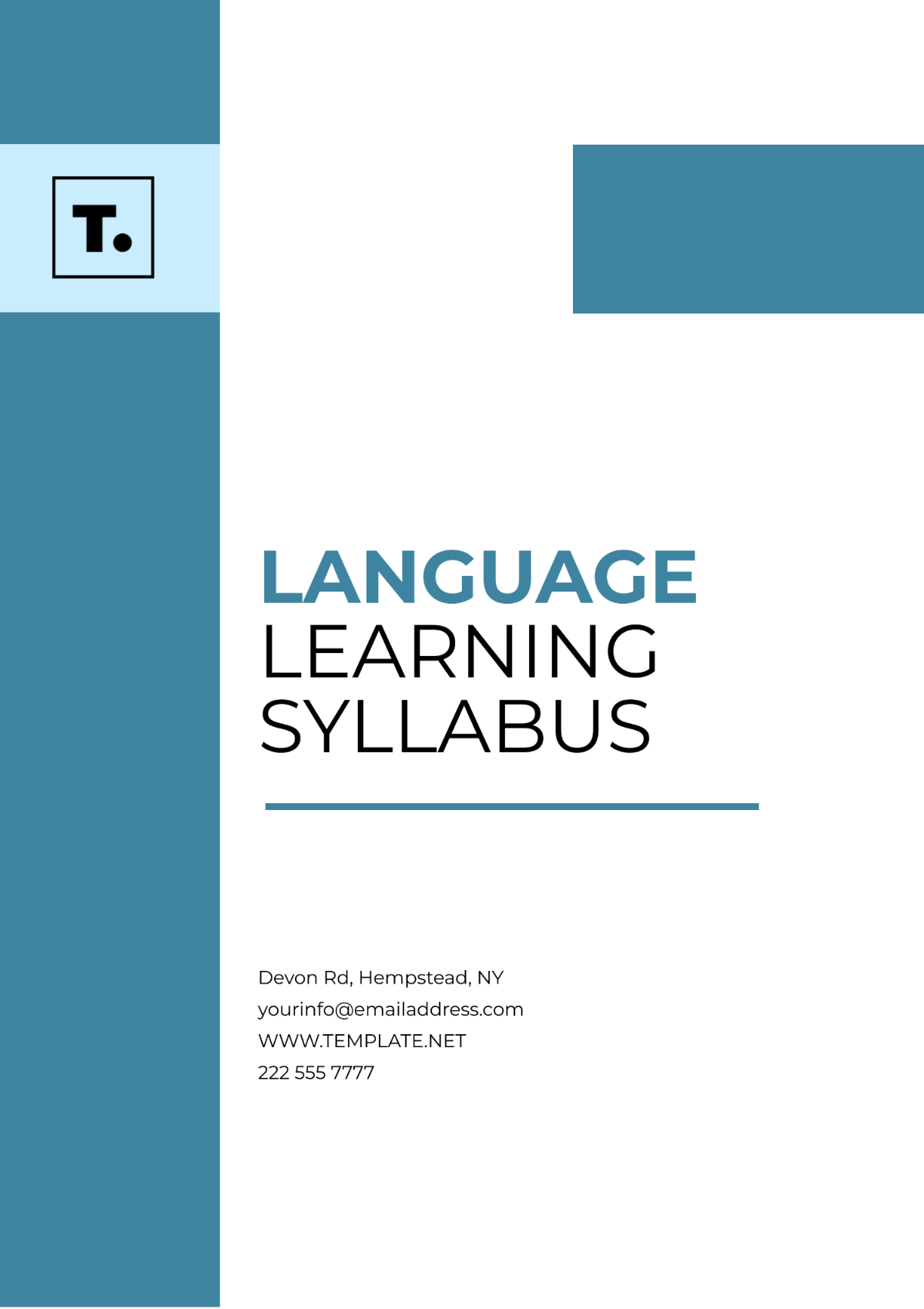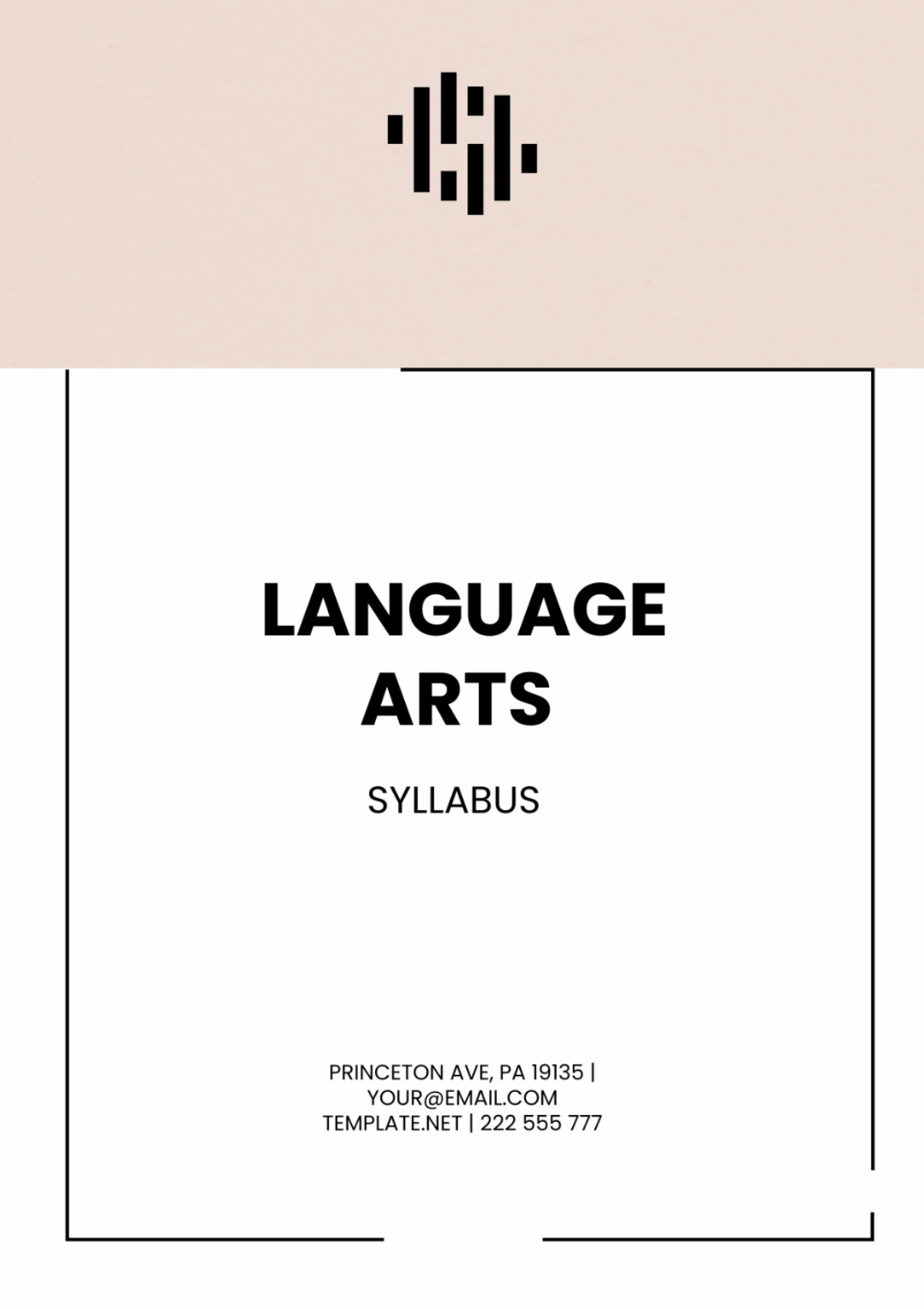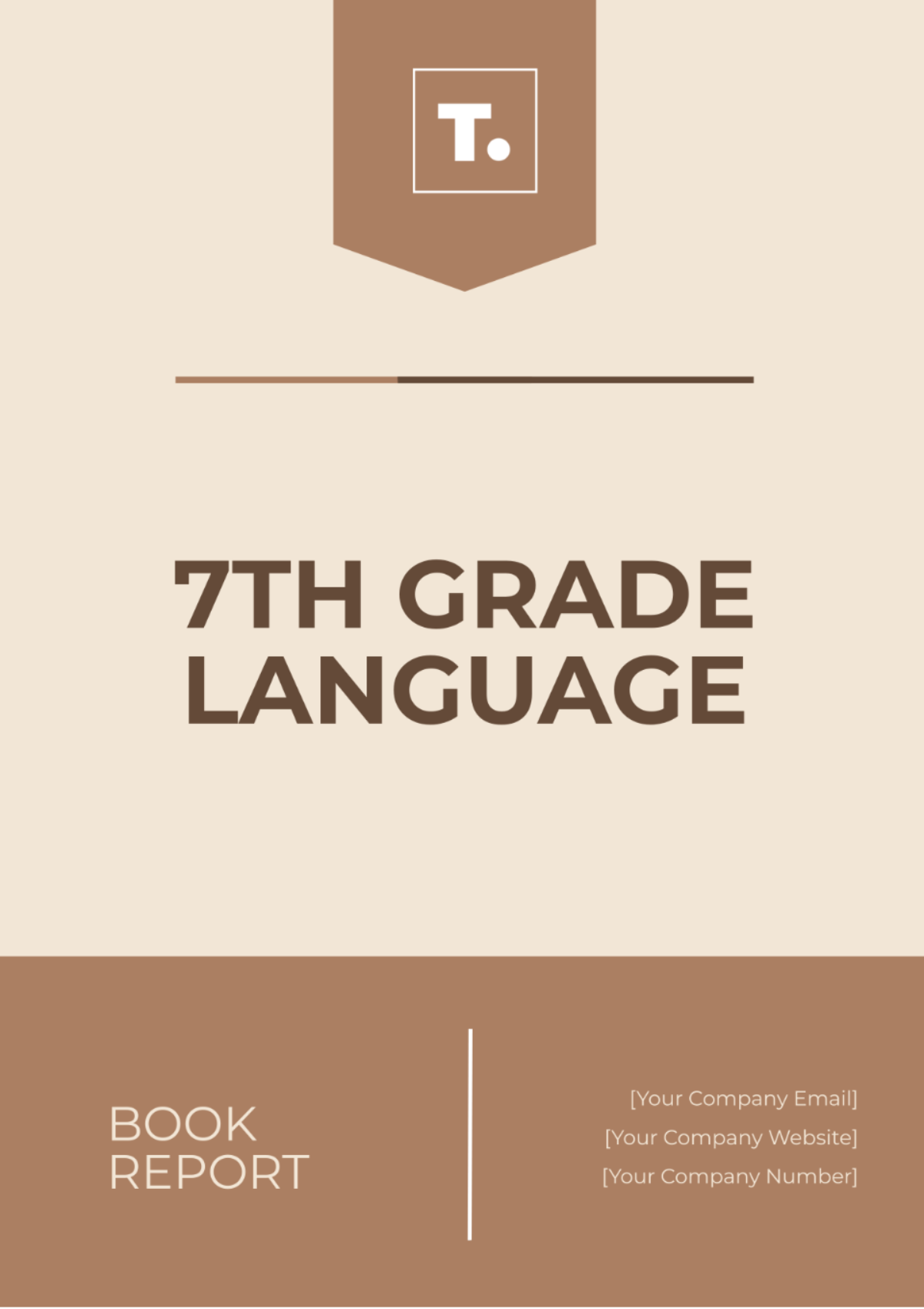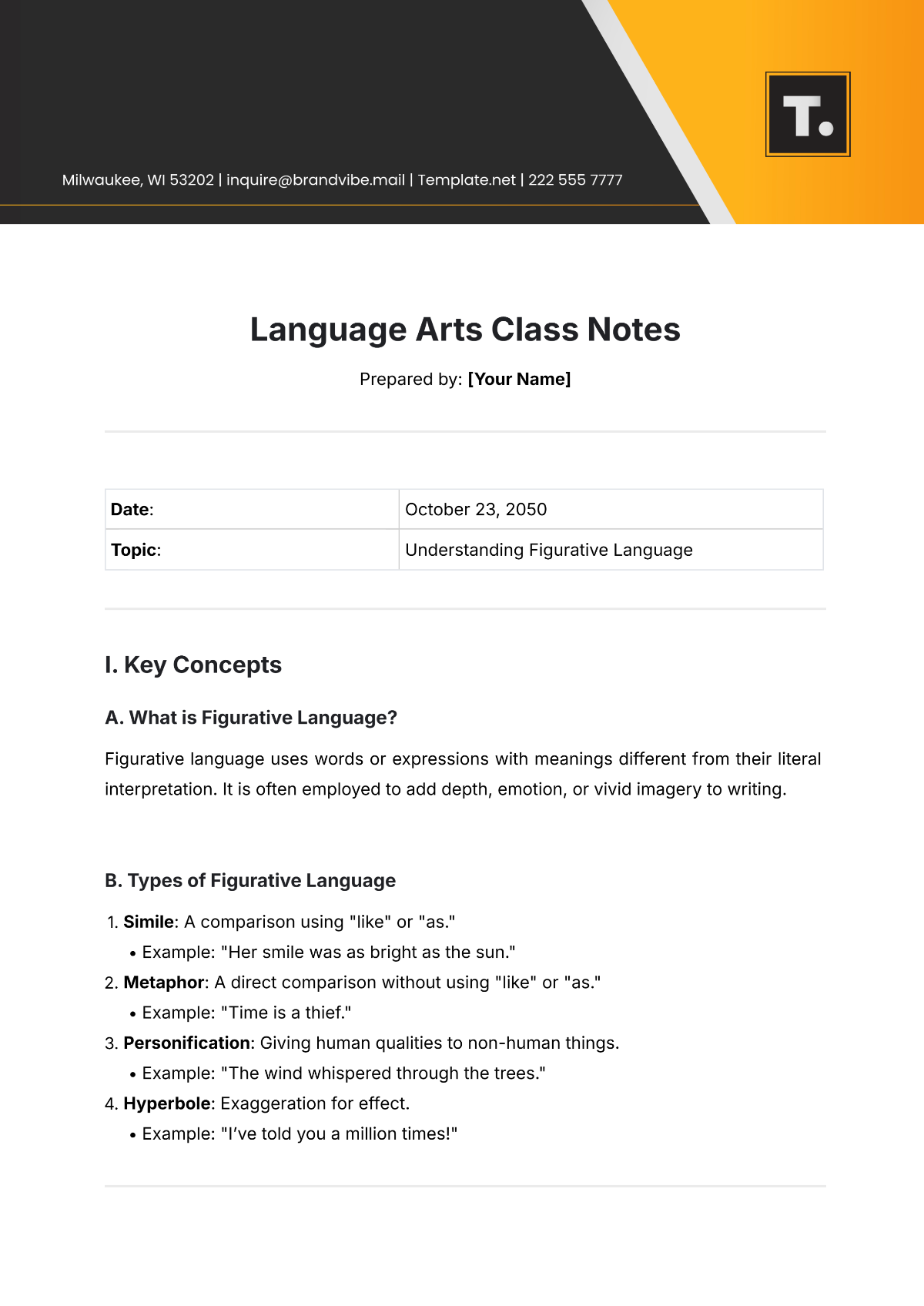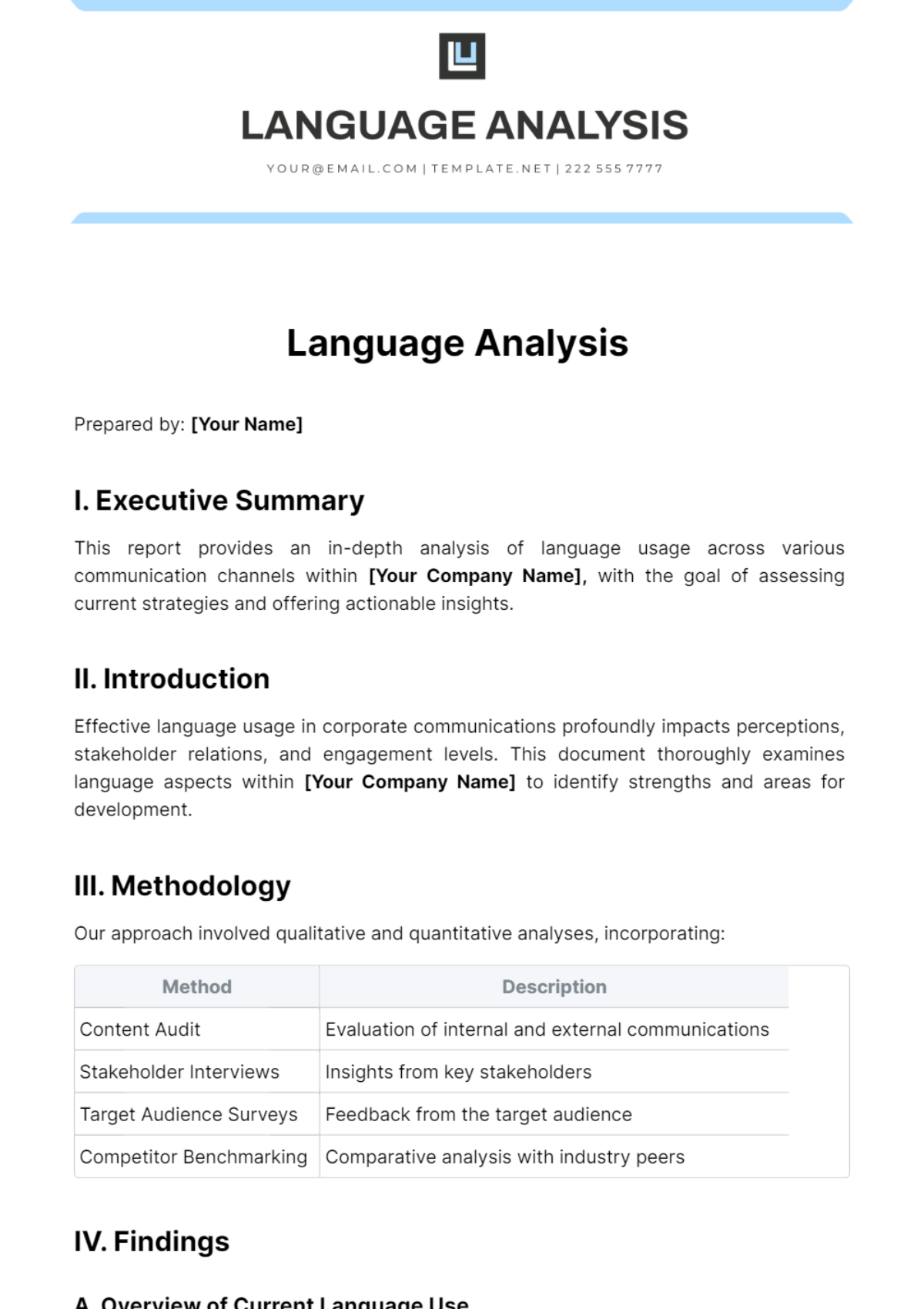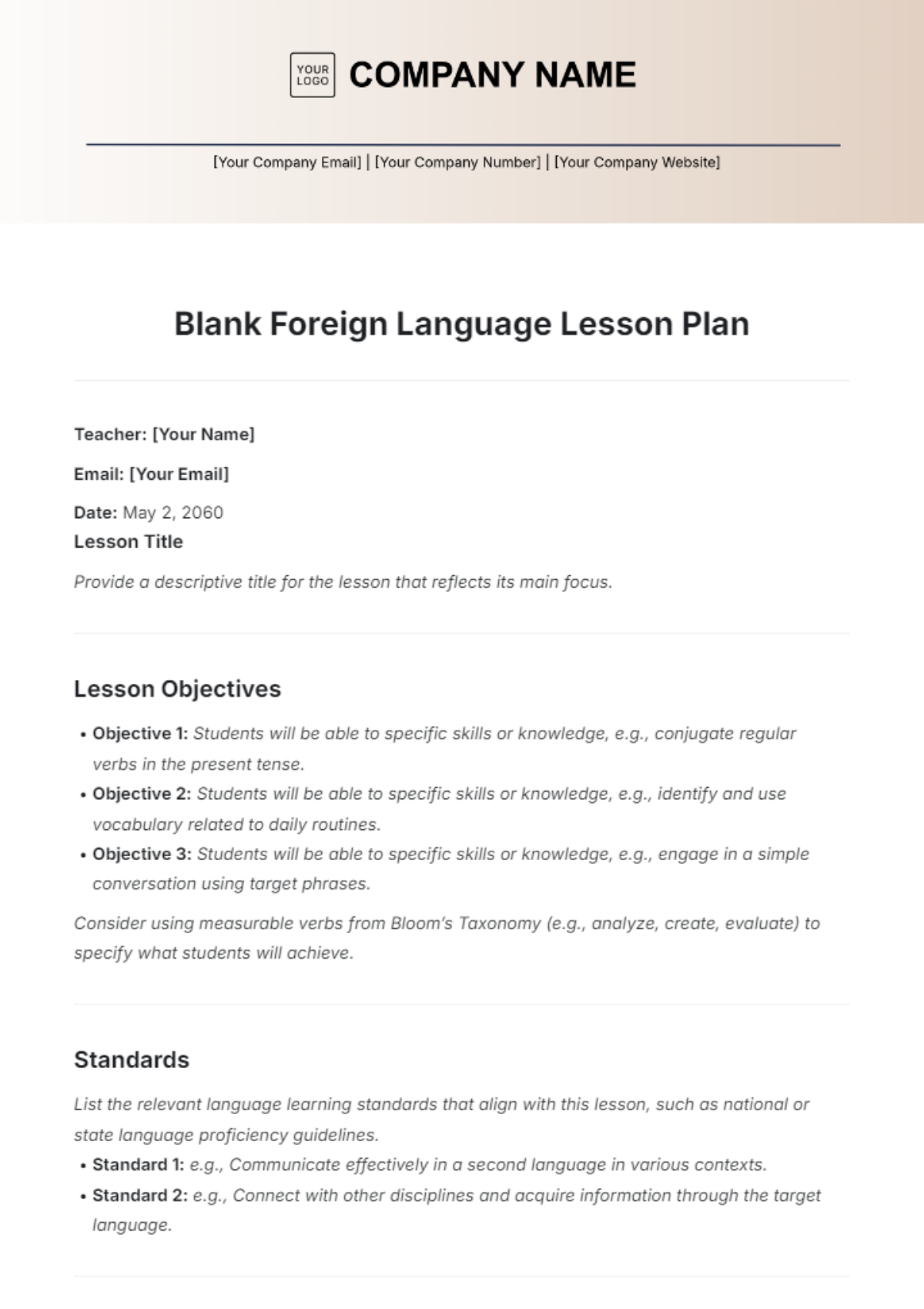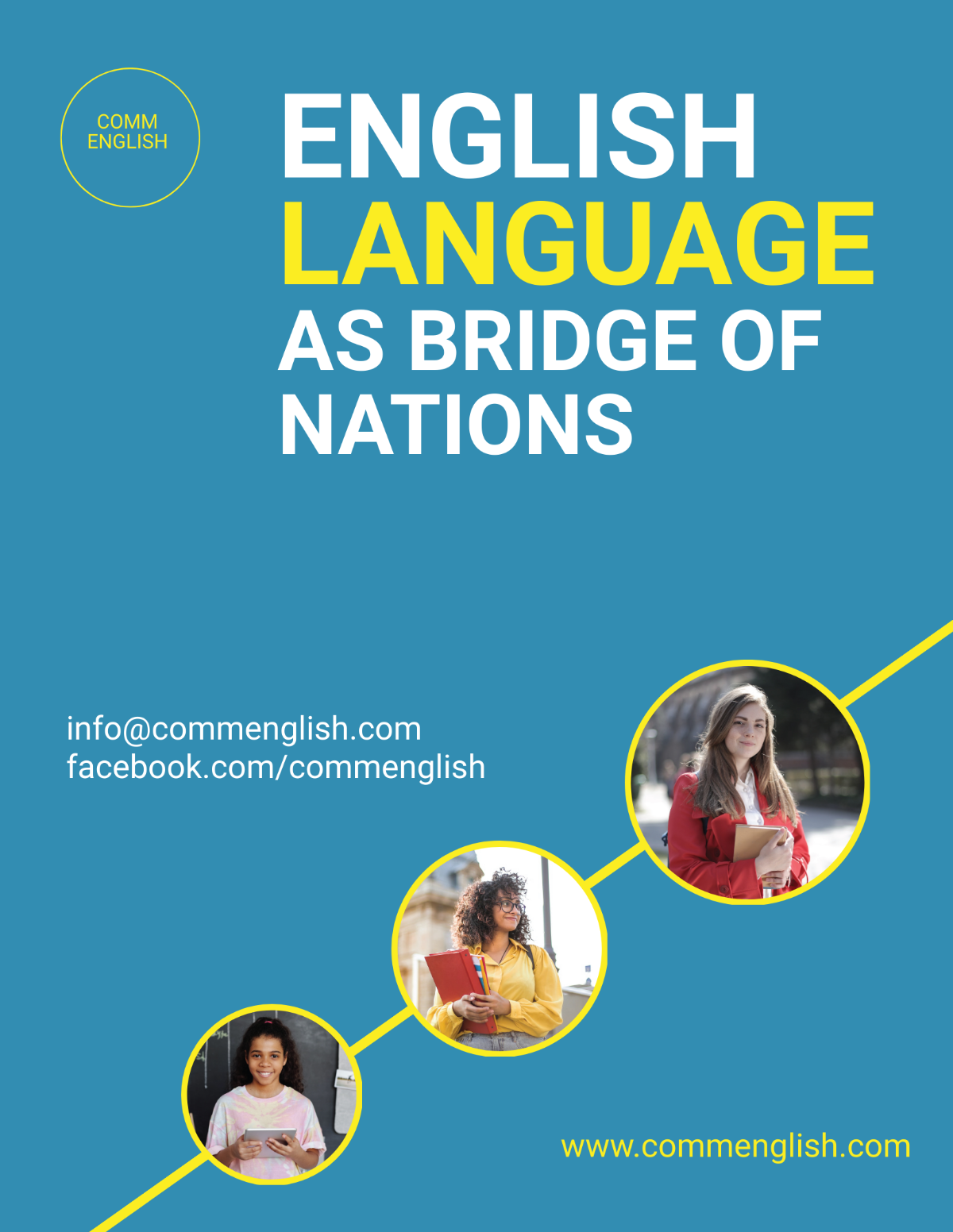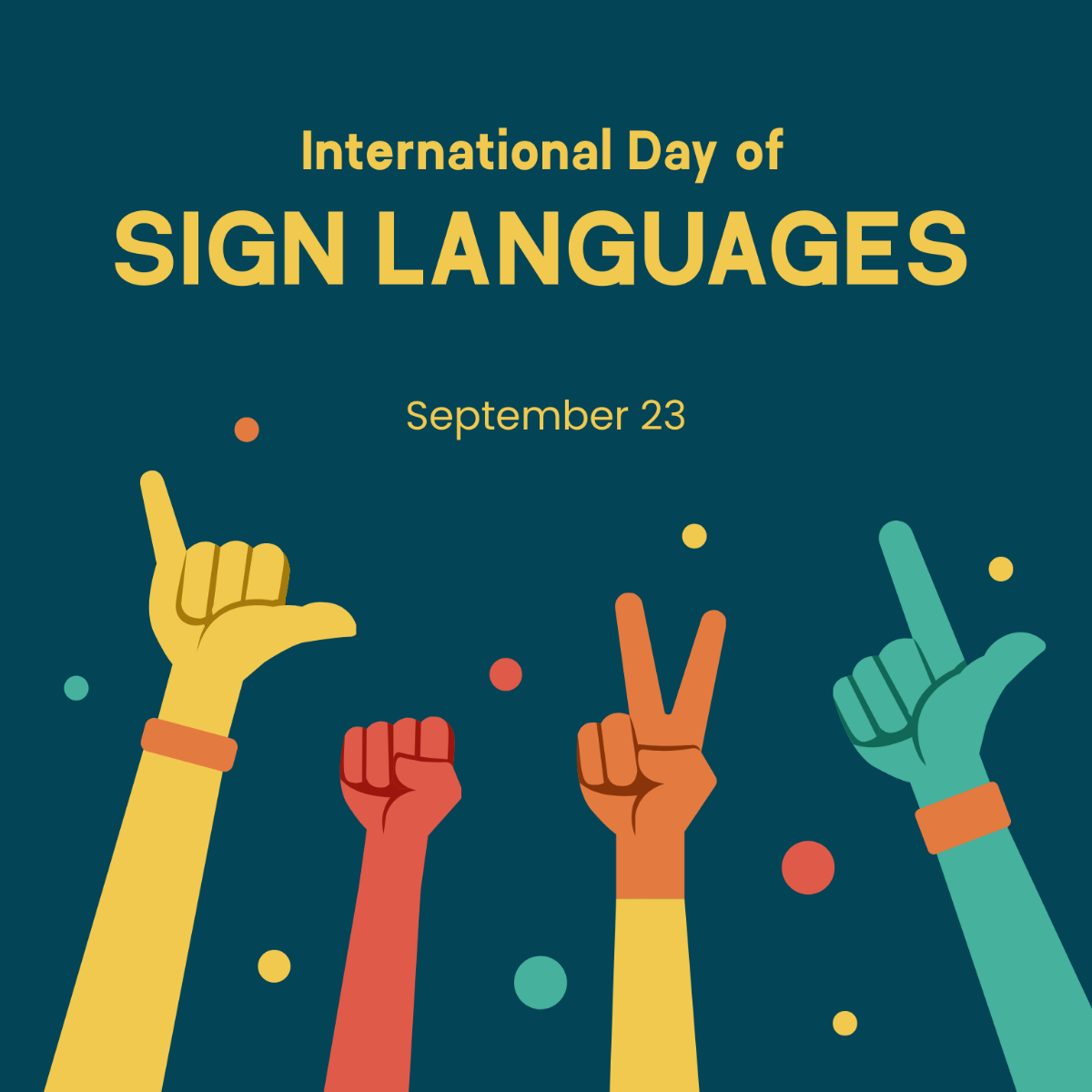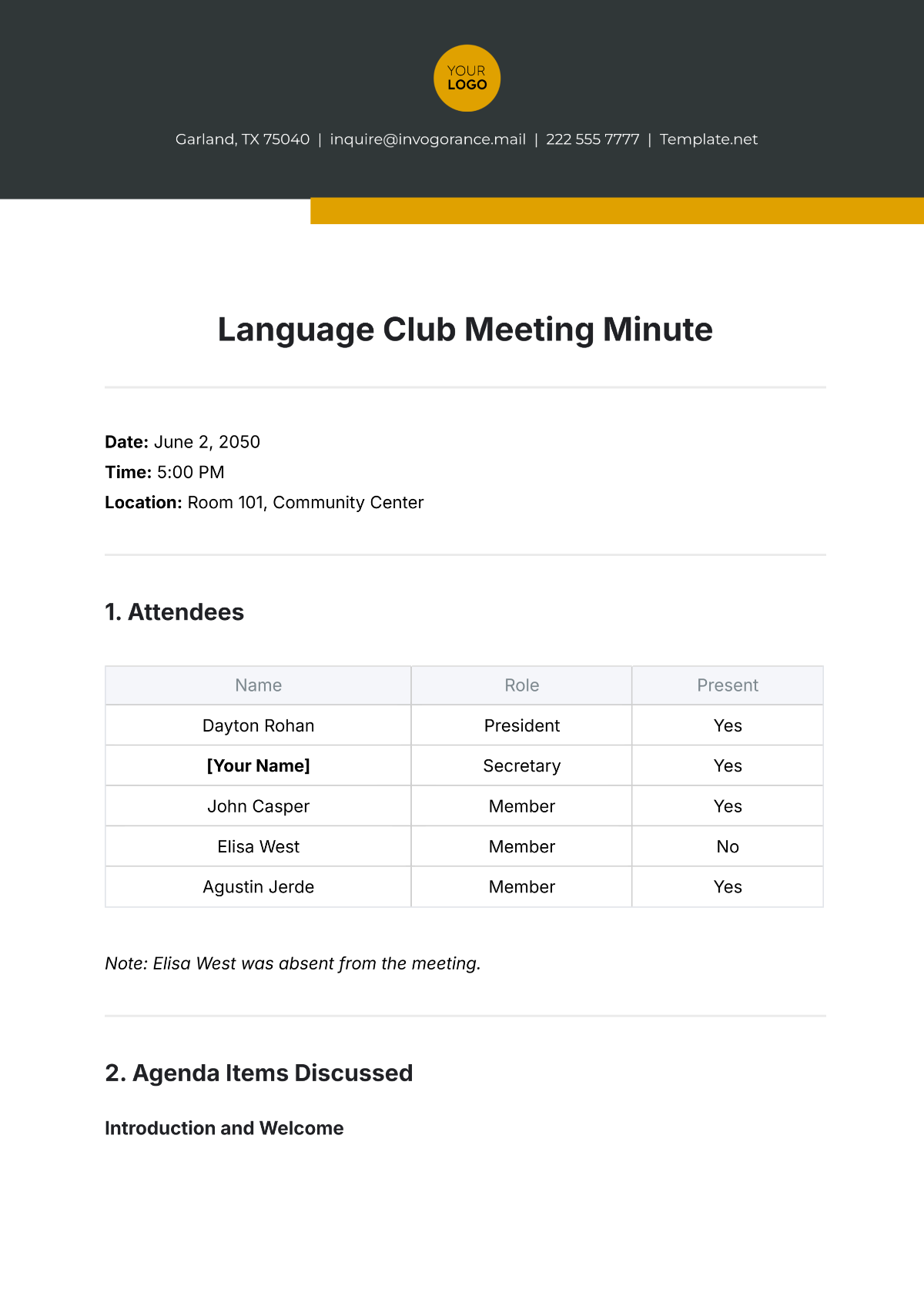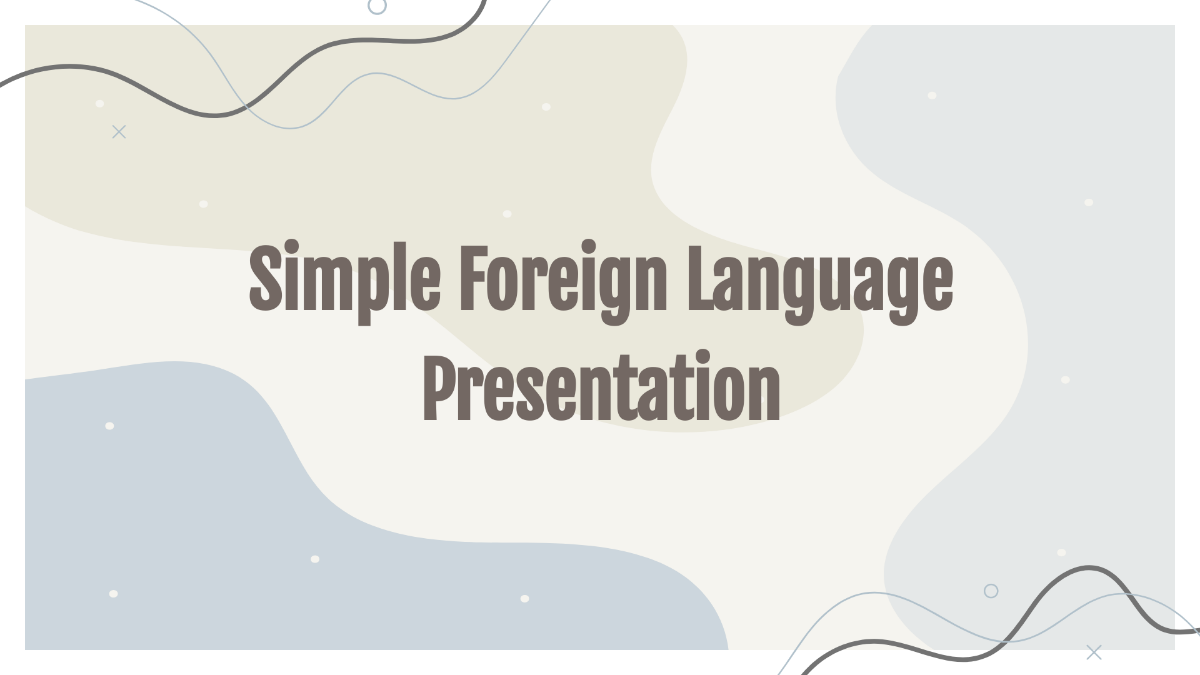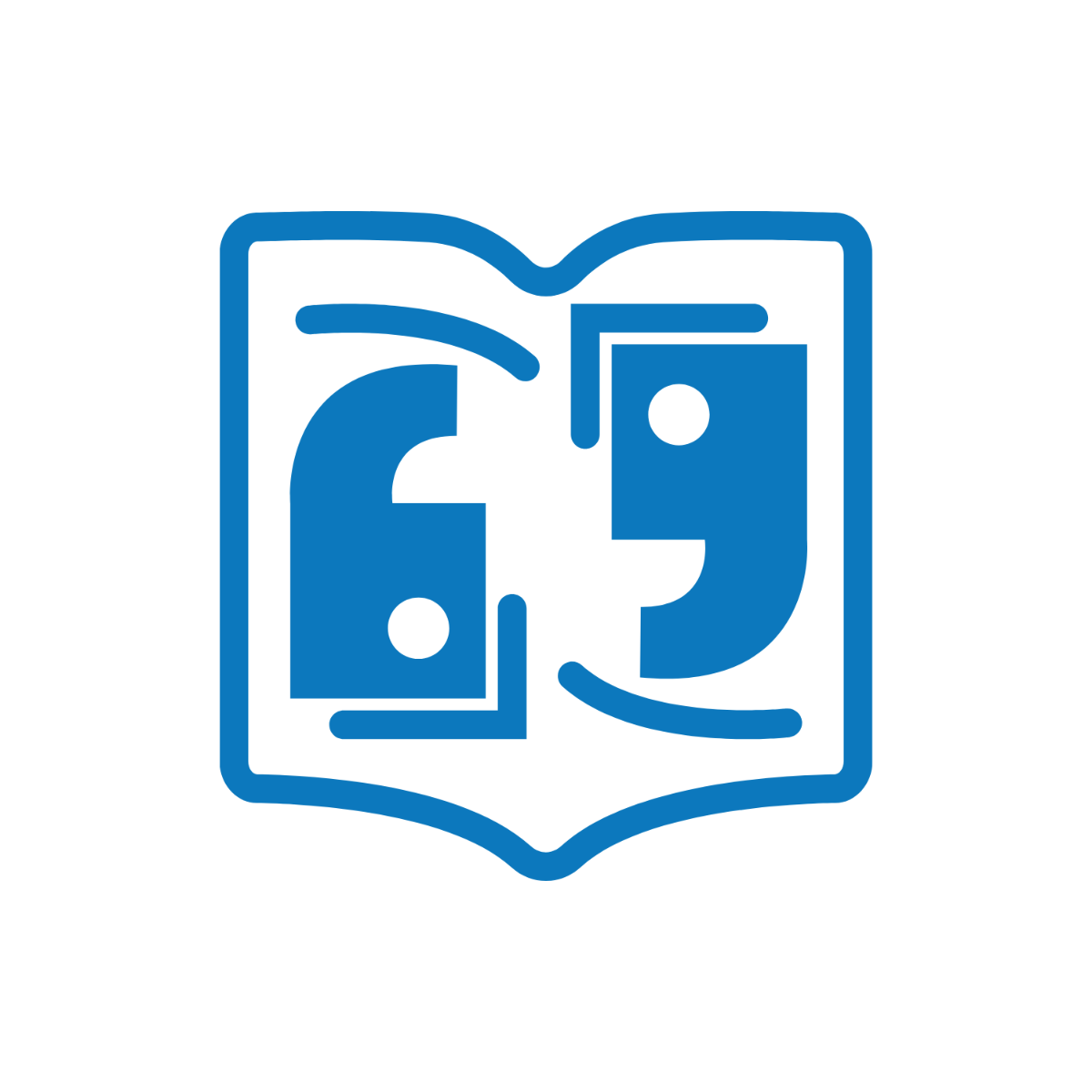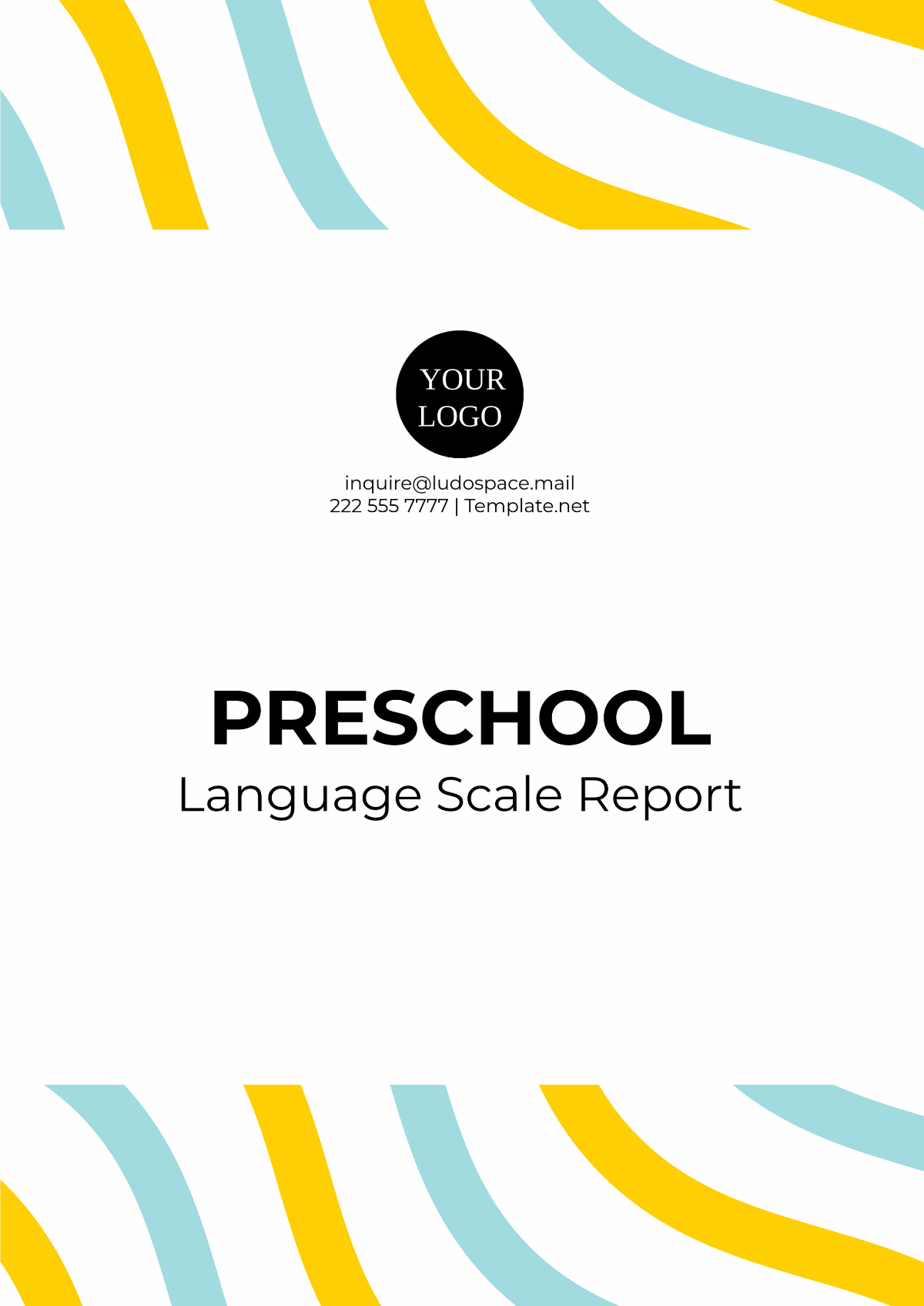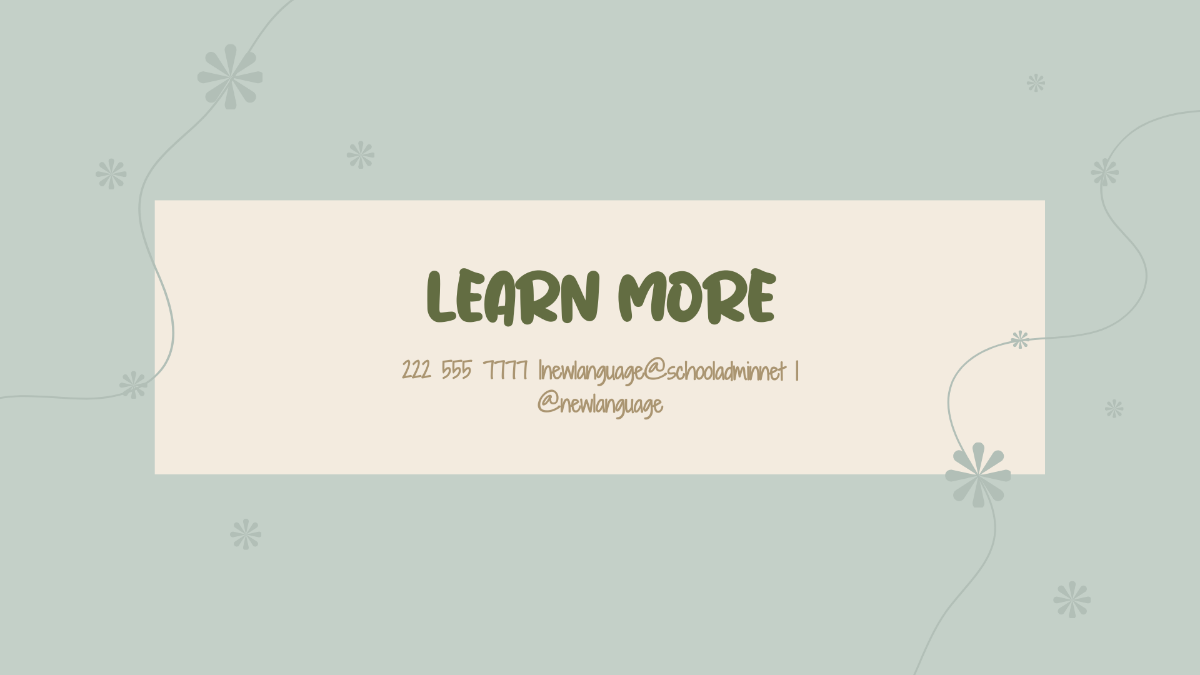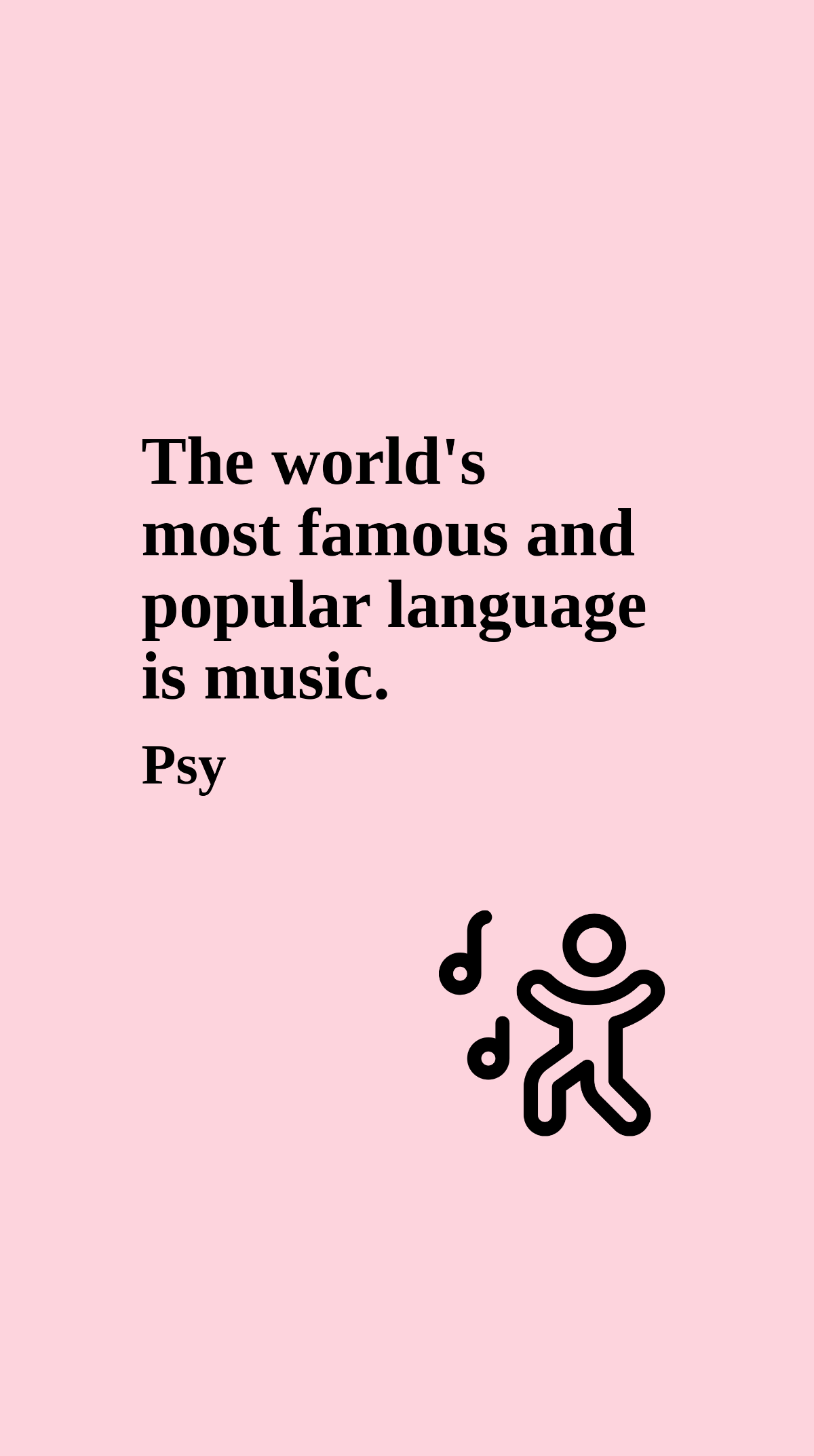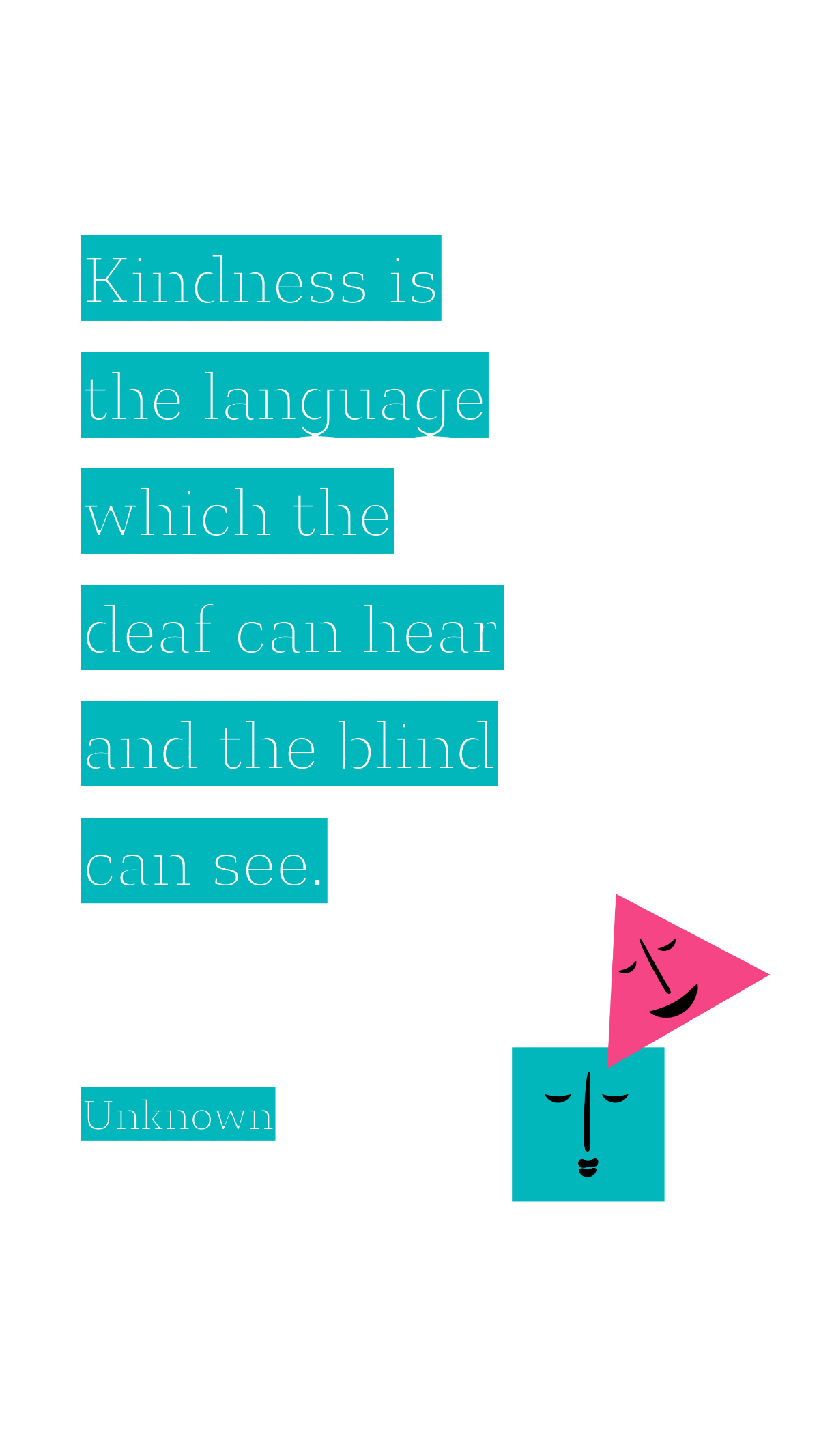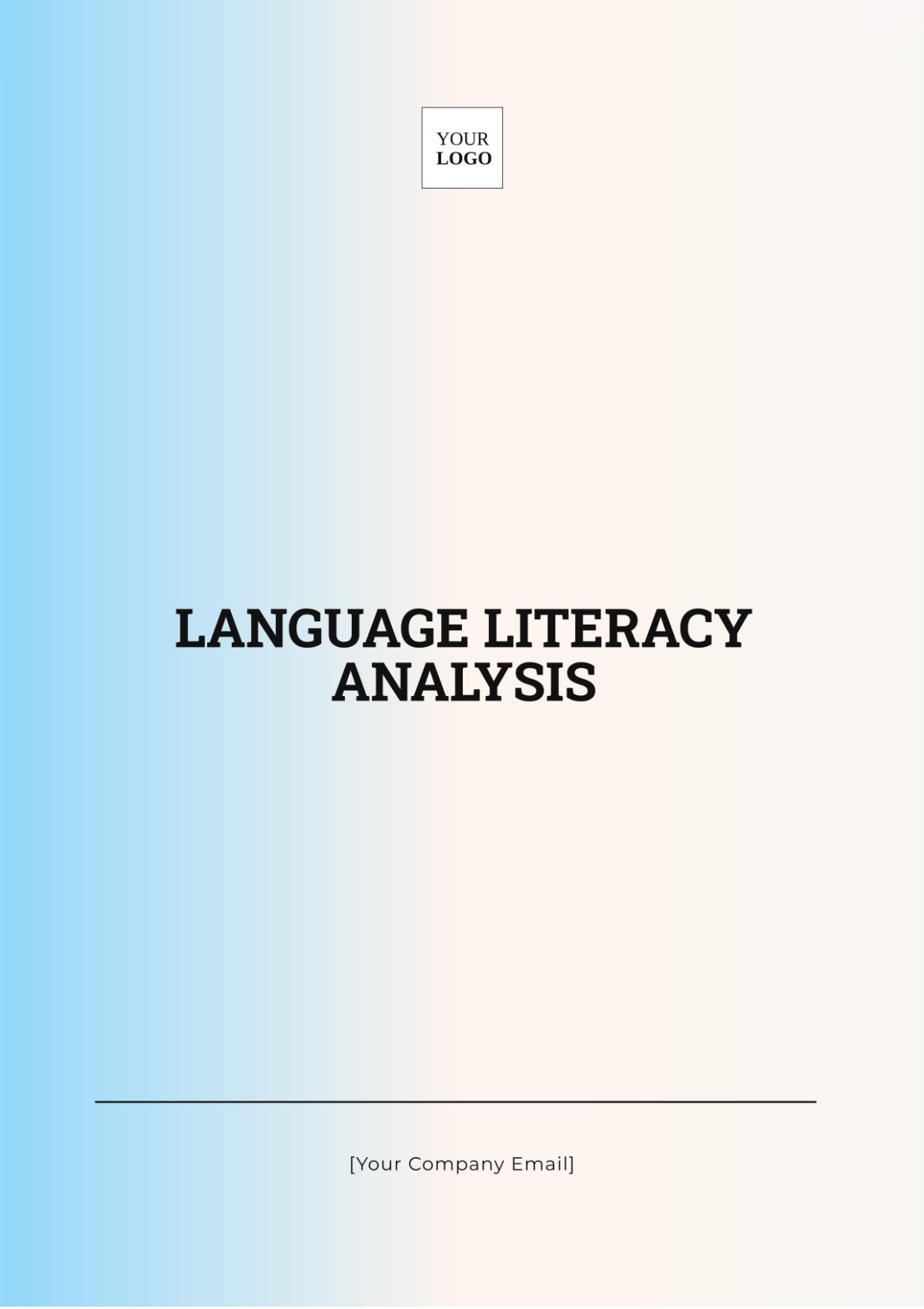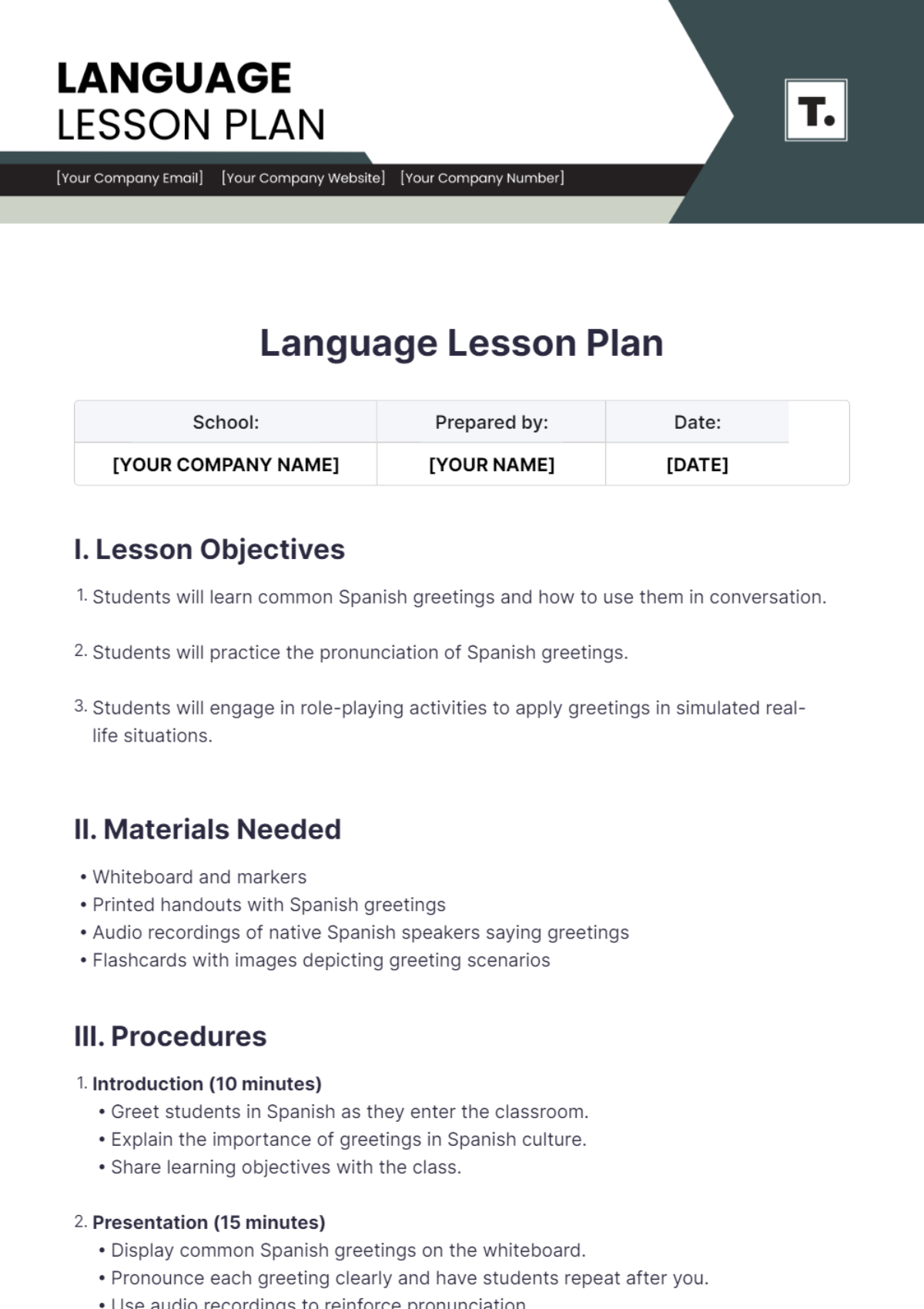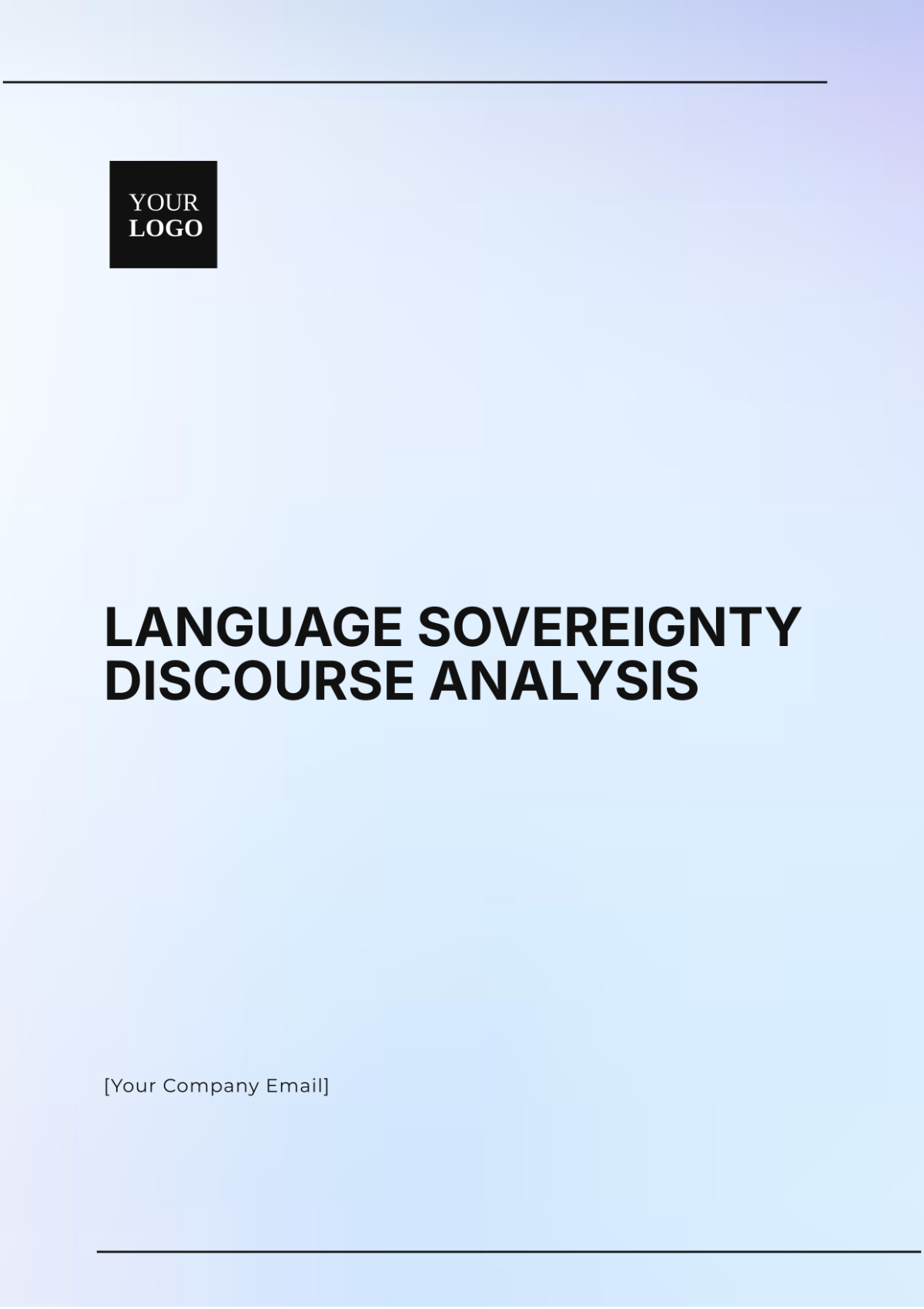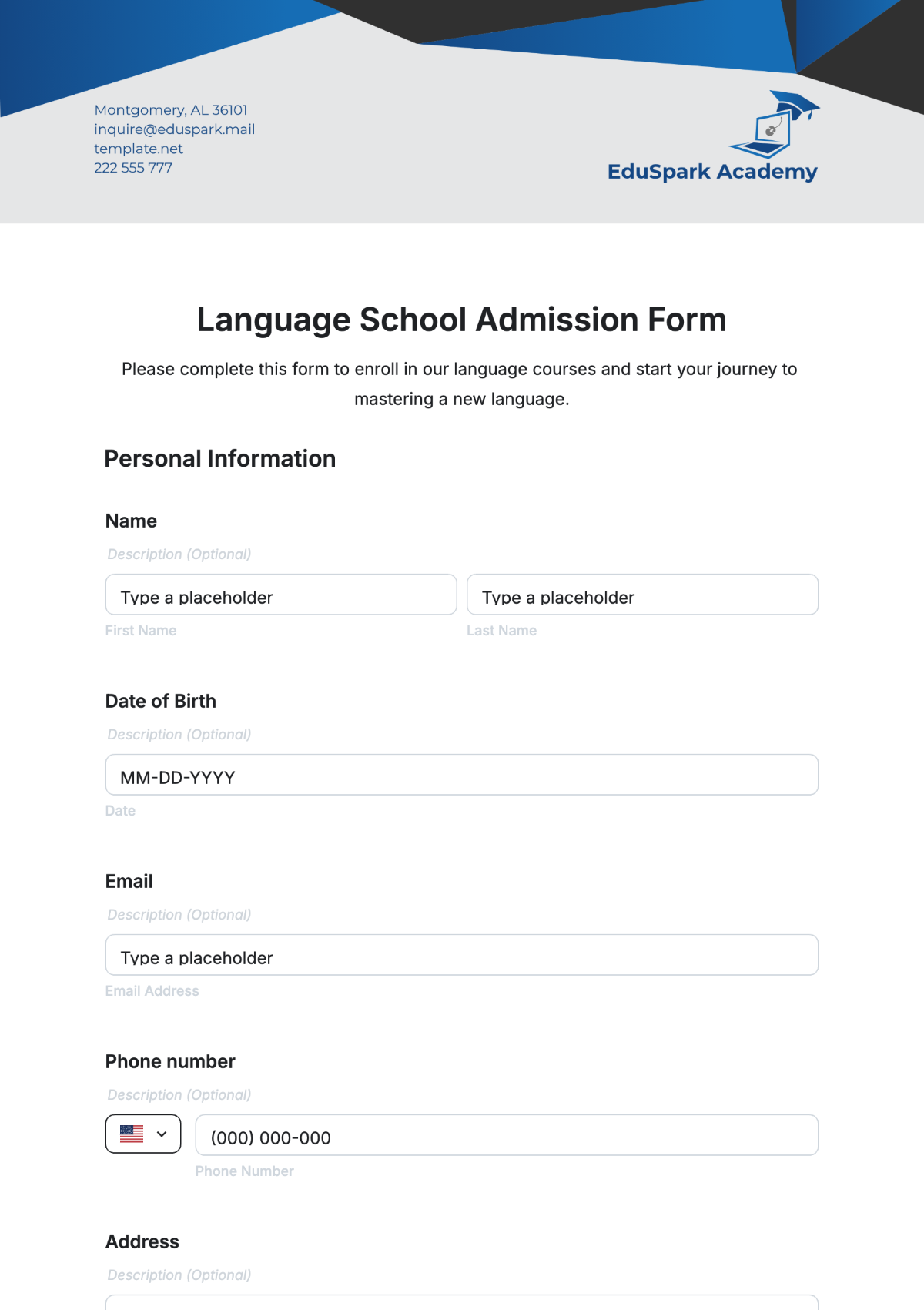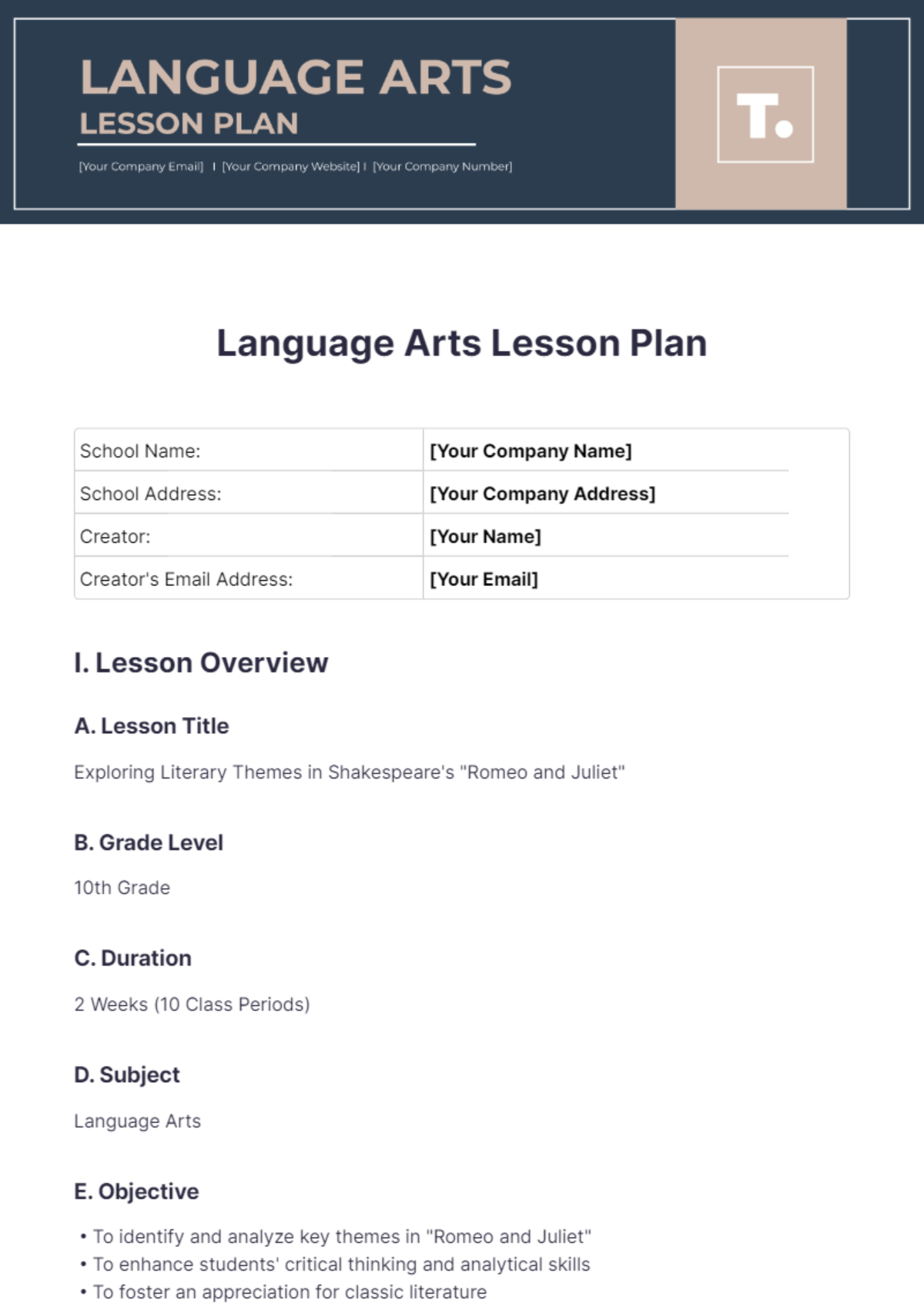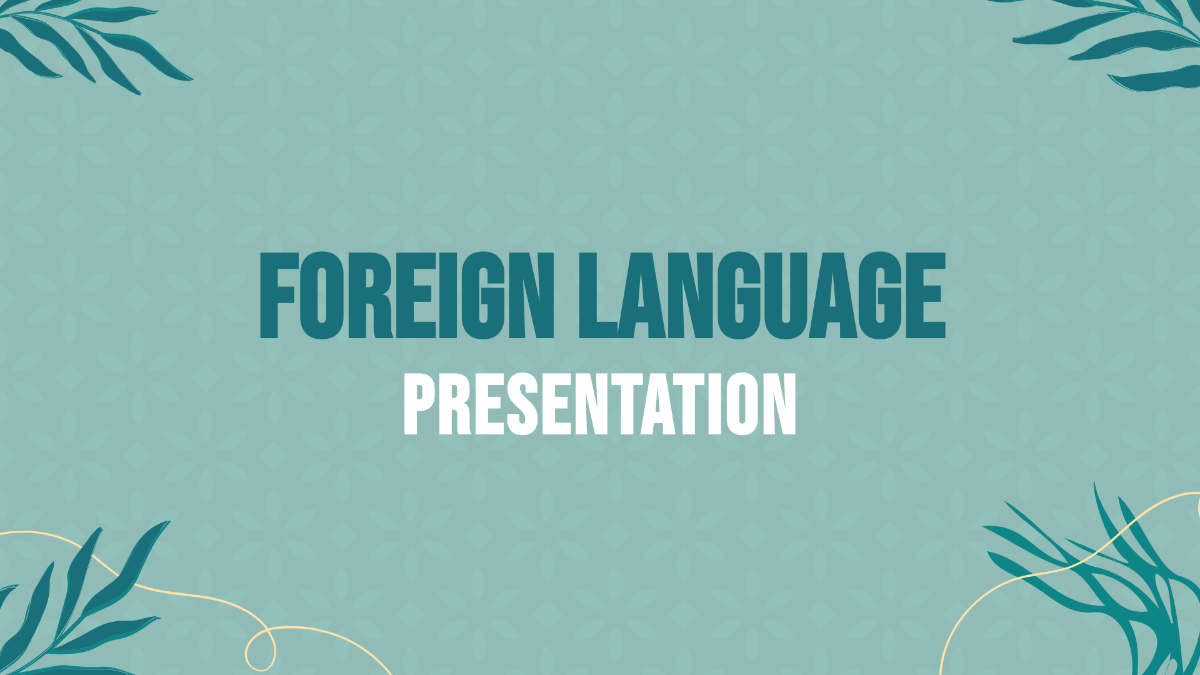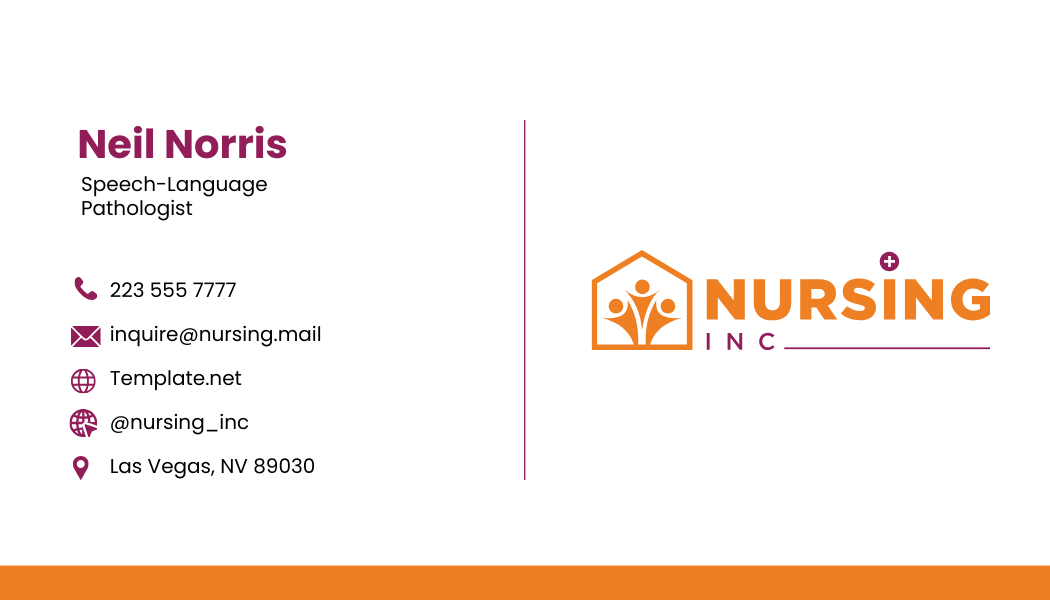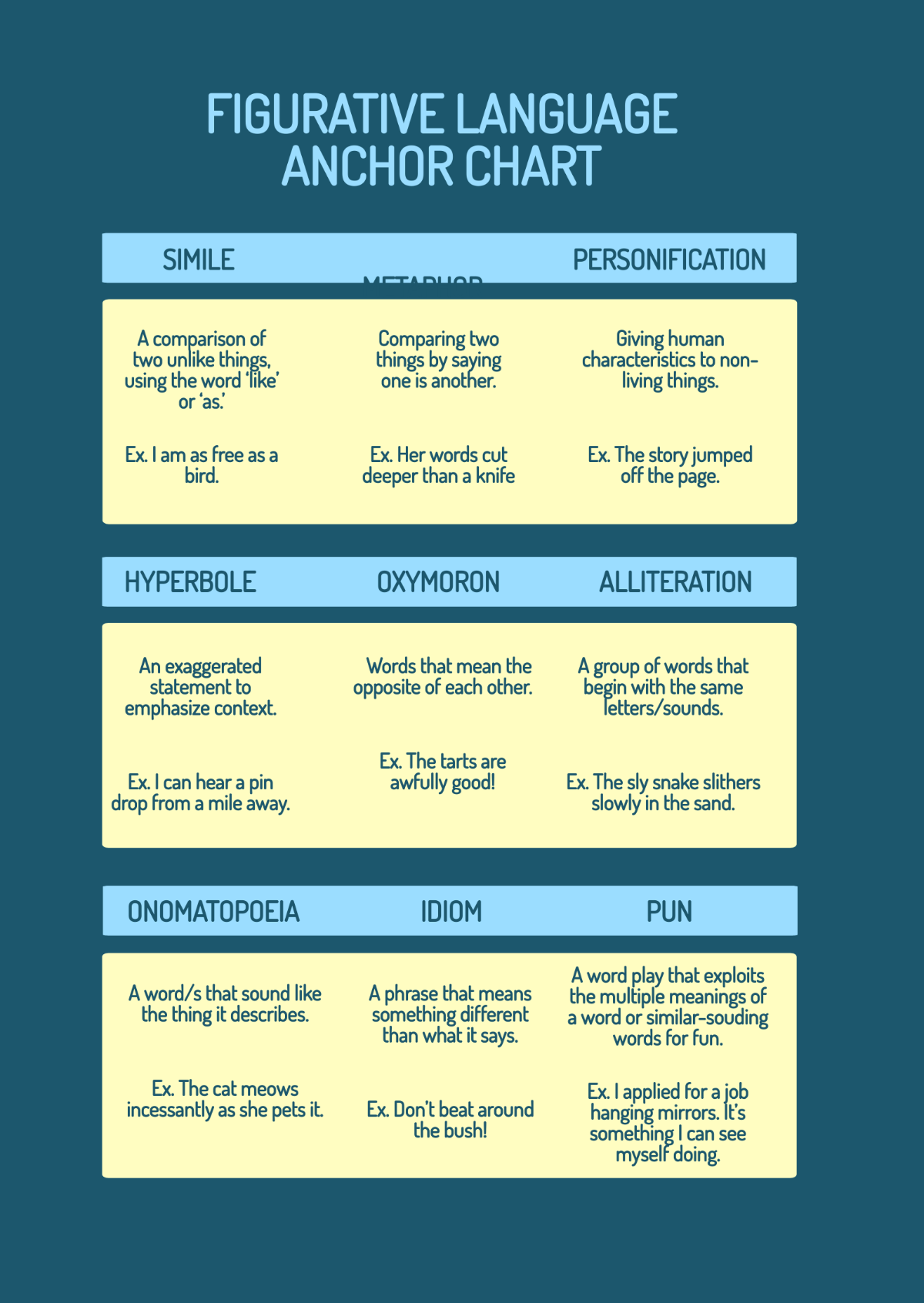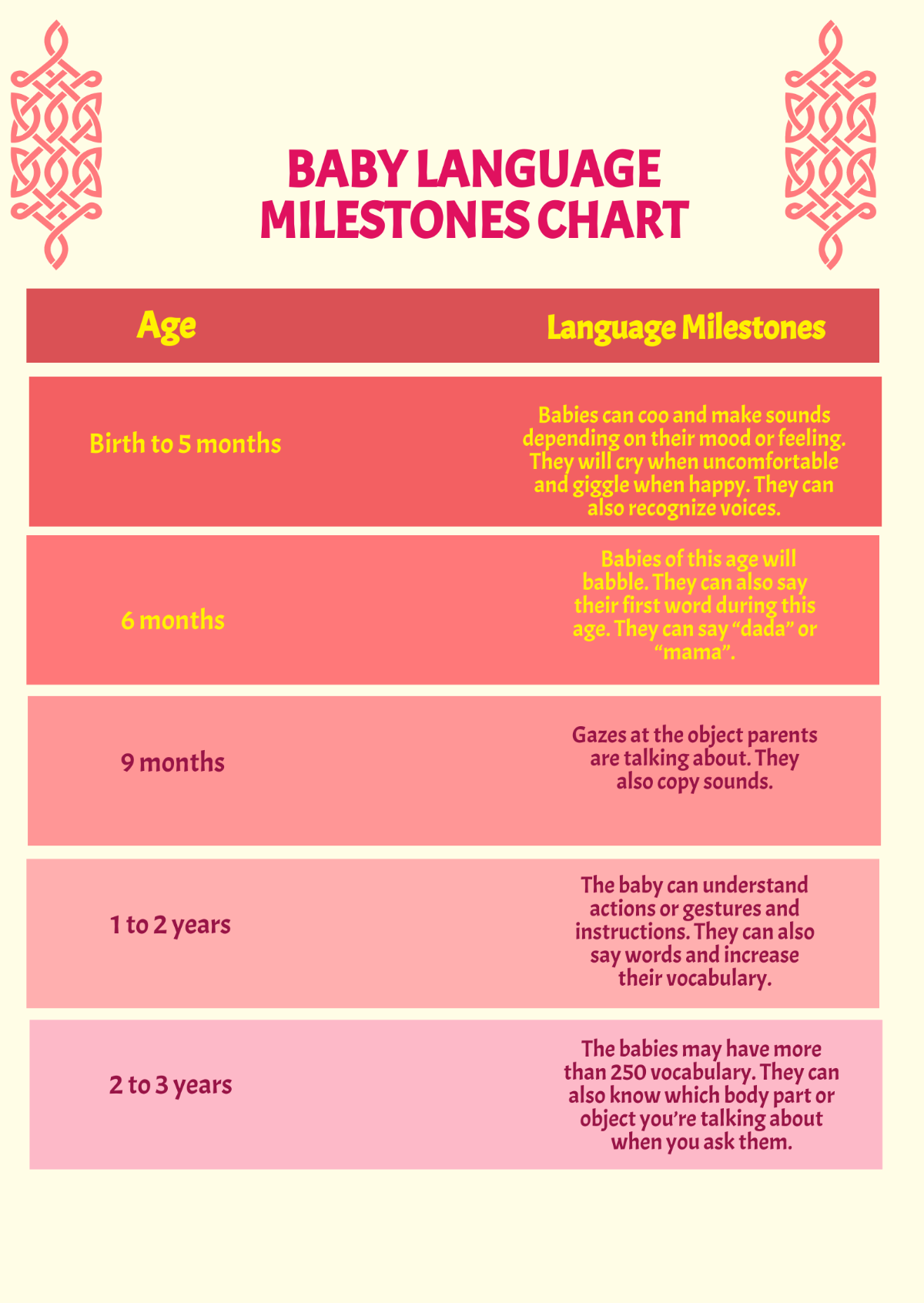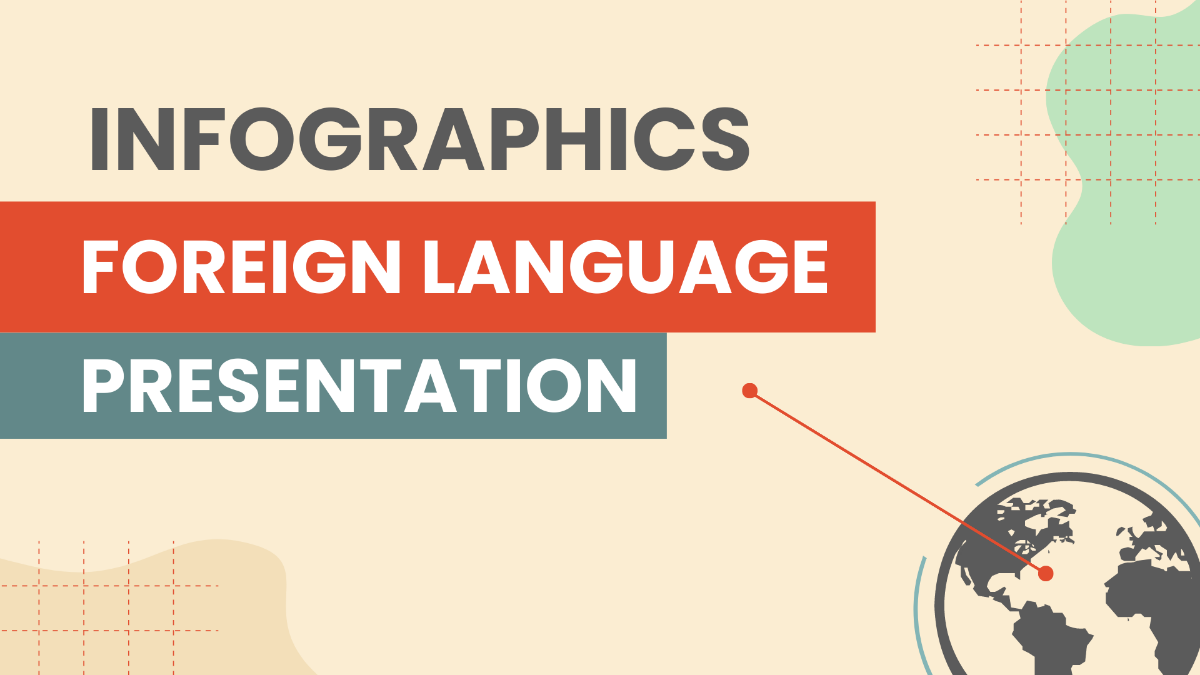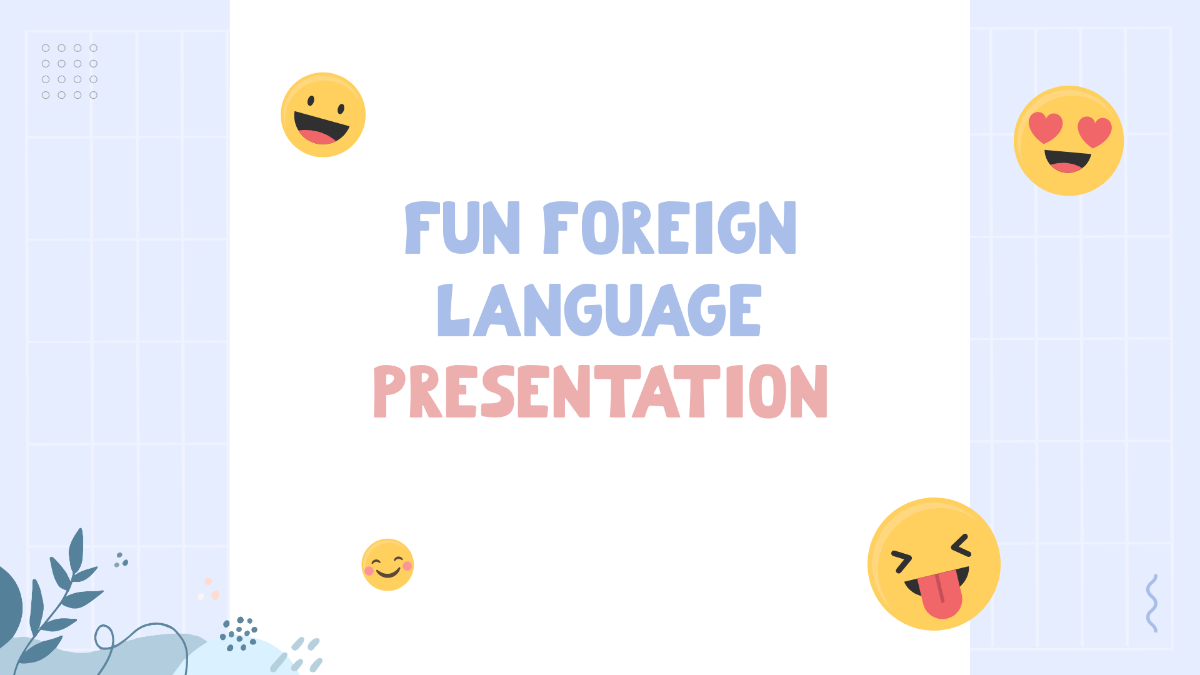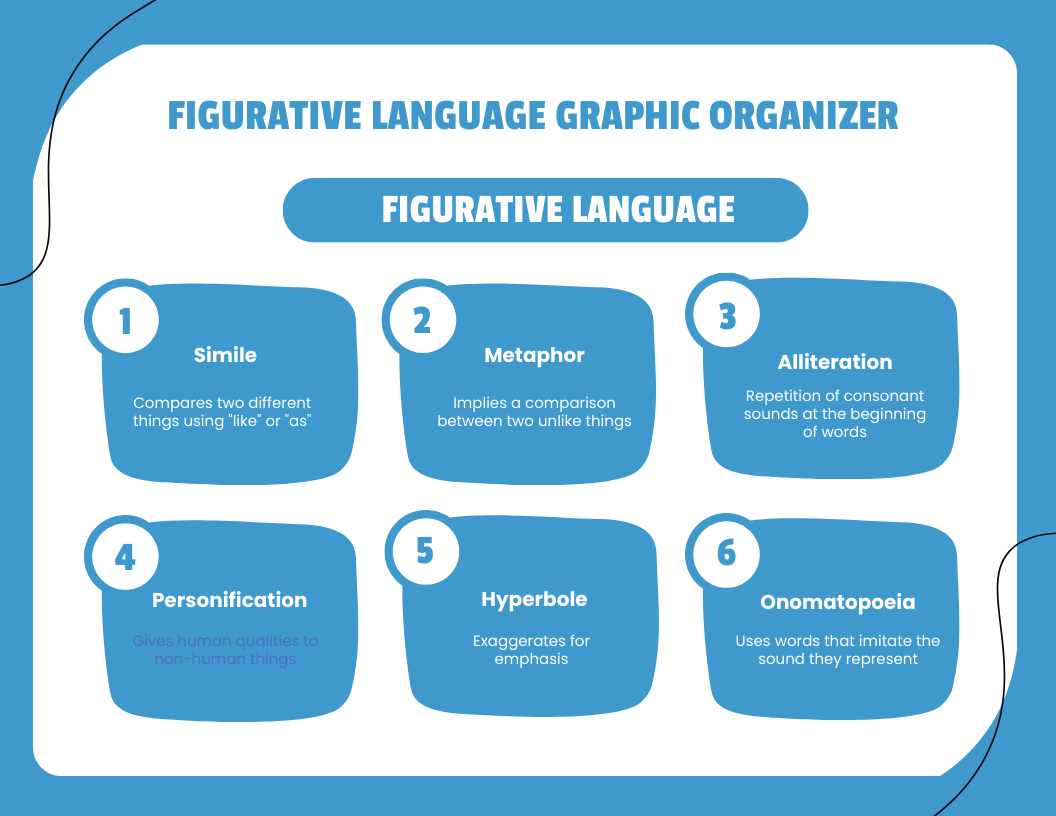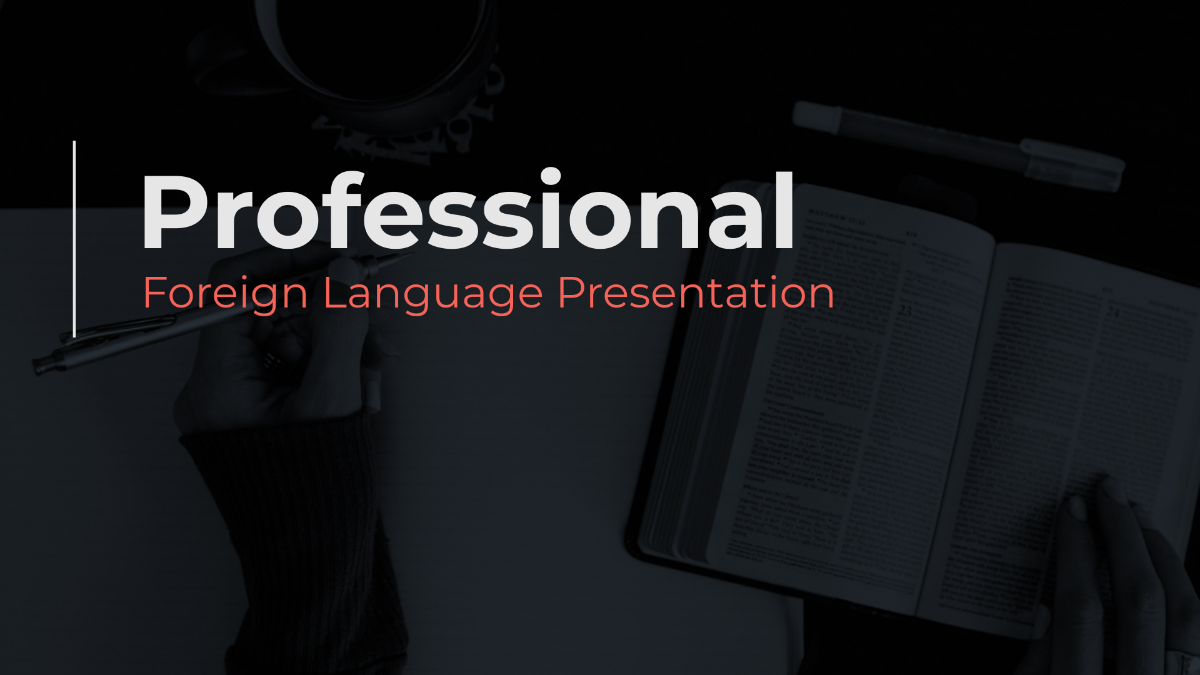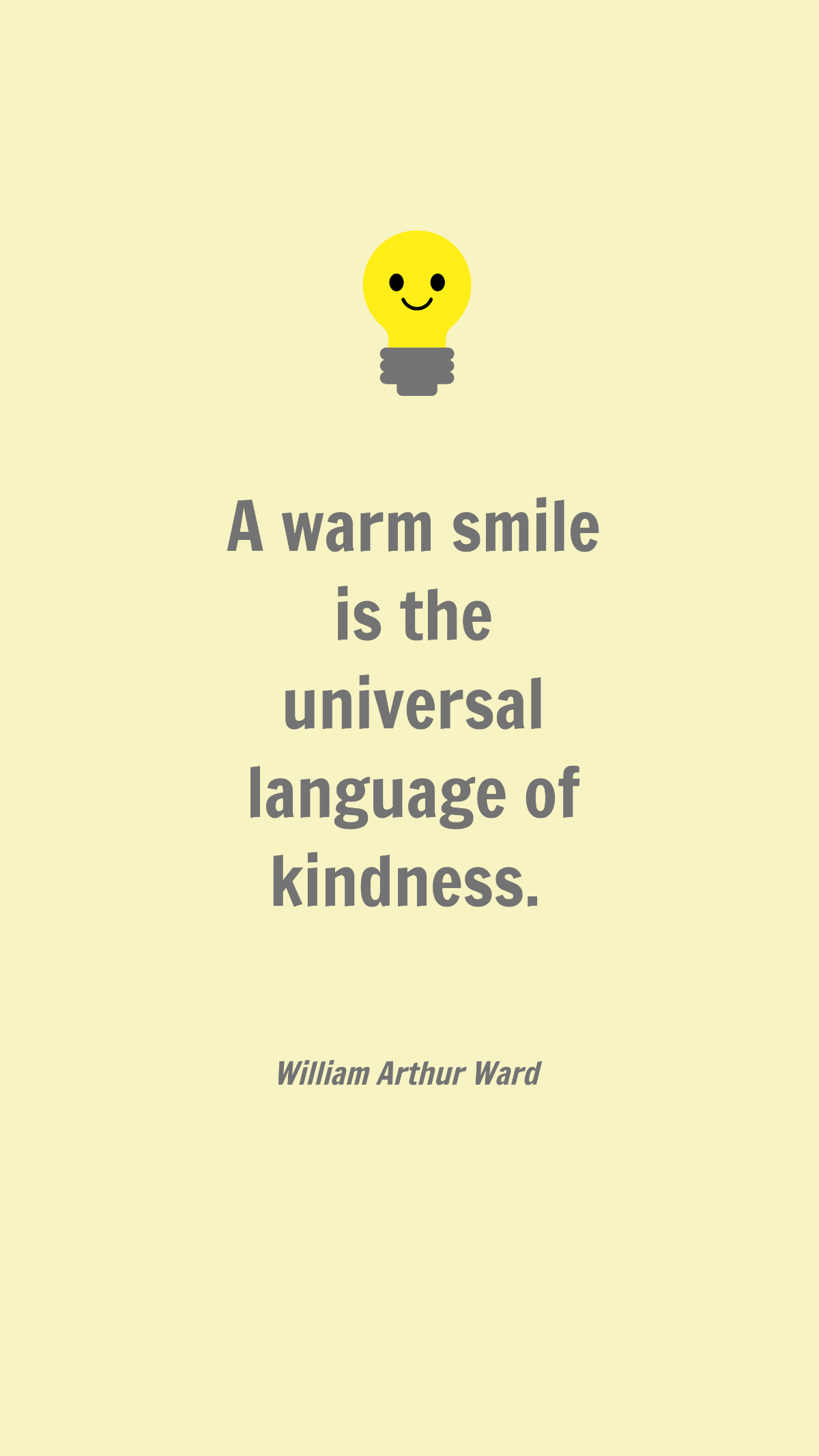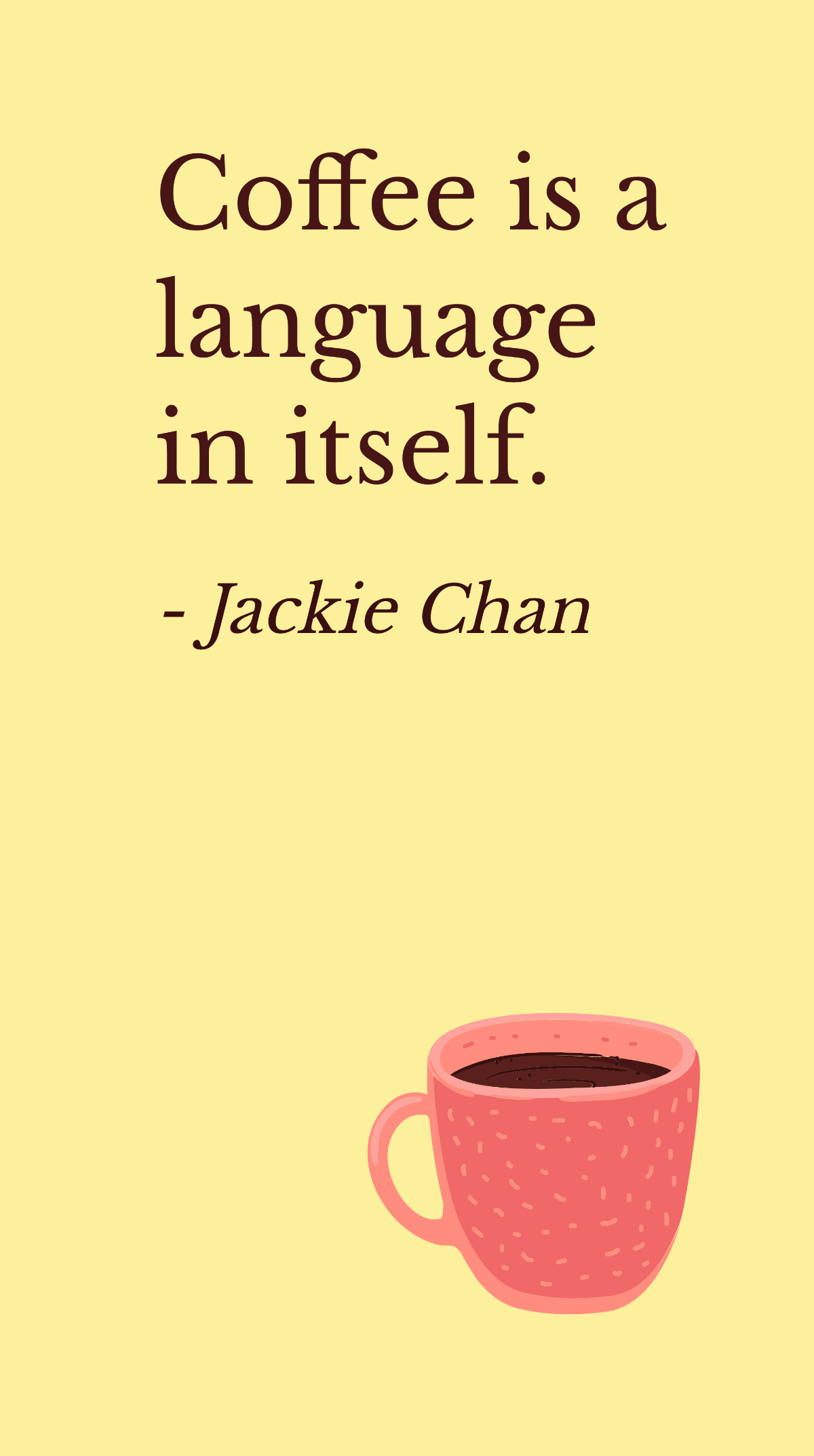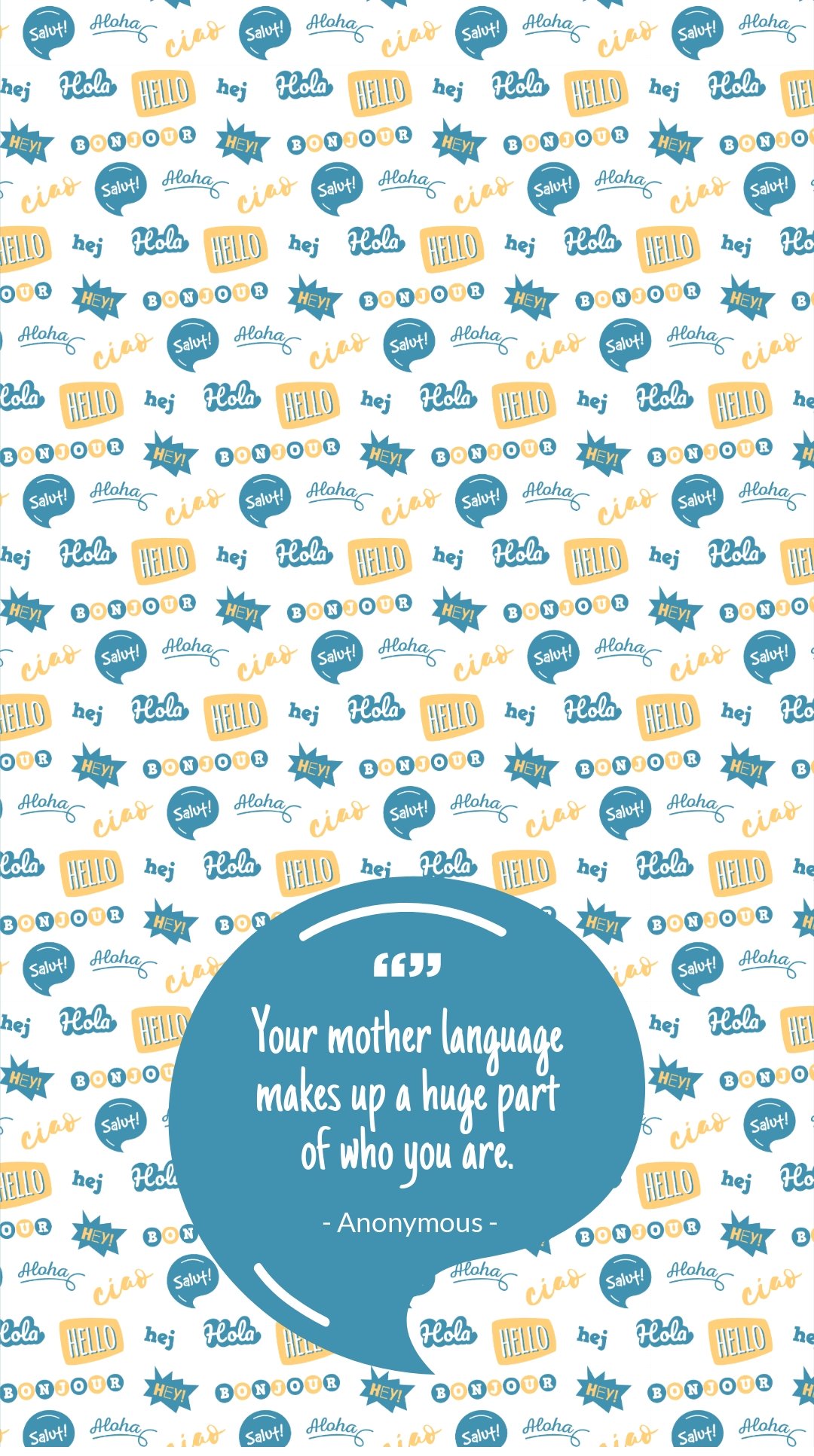Language Frames Nonfiction Summary
I. Introduction
In the realm of language comprehension and analysis, the utilization of language frames is an indispensable tool. The Language Frames Nonfiction Summary offers a structured framework to assist individuals in effectively summarizing nonfictional texts through the application of language frames. Whether you're a [STUDENT] aiming to enhance language skills, an [EDUCATOR] guiding students through textual analysis, or a [LANGUAGE PROFESSIONAL] seeking to improve language proficiency, this template provides comprehensive guidance to streamline the summarization process using language frames.
II. Understanding Language Frames
Definition and Purpose: Language frames are predetermined structures or templates used to scaffold language production, comprehension, and analysis.
Types of Language Frames:
[SENTANCE FRAMES]: Provide sentence starters or structures to guide language production.
[PARAGRAPH FRAMES]: Outline the structure and content of a paragraph, aiding in organization and coherence.
[TEXT FRAMES]: Offer frameworks for summarizing entire texts, focusing on key ideas, arguments, and supporting evidence.
Benefits of Using Language Frames:
Facilitate language production by providing linguistic support and scaffolding.
Enhance comprehension by guiding readers to identify and analyze key components of a text.
Promote language proficiency and academic literacy skills by providing structured opportunities for language practice and analysis.
III. Summarization Process Using Language Frames
Pre-Summarization Preparation:
[Select an appropriate language frame based on the text type and objectives]
[Preview the text to identify key ideas, arguments, and supporting details]
During Summarization:
[Utilize the language frame to structure your summary, ensuring coherence and completeness]
[Paraphrase the text using the language frame as a guide, focusing on capturing essential information]
Post-Summarization Review:
[Review your summary to ensure alignment with the language frame and accuracy in representing the original text]
[Revise and edit as necessary to enhance clarity, conciseness, and coherence]
IV. Strategies for Effective Language Frame Utilization
Customization:
[Adapt existing language frames or create new ones to suit specific texts or purposes]
[Modify language frames based on the language proficiency level and needs of the audience]
Integration:
[Incorporate language frames into instructional materials, assignments, or study guides to support language development and comprehension]
[Embed language frames within classroom discussions or collaborative activities to facilitate language production and analysis]
Assessment:
[Use language frames as a tool for formative or summative assessment of language proficiency, comprehension, and analytical skills]
[Provide feedback on students' use of language frames to promote reflection and improvement]
V. Conclusion
In conclusion, the Language Frames Nonfiction Summary provides a structured approach to summarizing nonfictional texts effectively using language frames. By following the outlined steps and utilizing appropriate language frames, individuals can enhance language proficiency, comprehension, and analytical skills. Whether you're a [STUDENT], [EDUCATOR], or [LANGUAGE PROFESSIONAL], this template serves as a valuable tool for scaffolding language production and analysis in the context of nonfictional text summarization.
Prepared by: [YOUR NAME]
